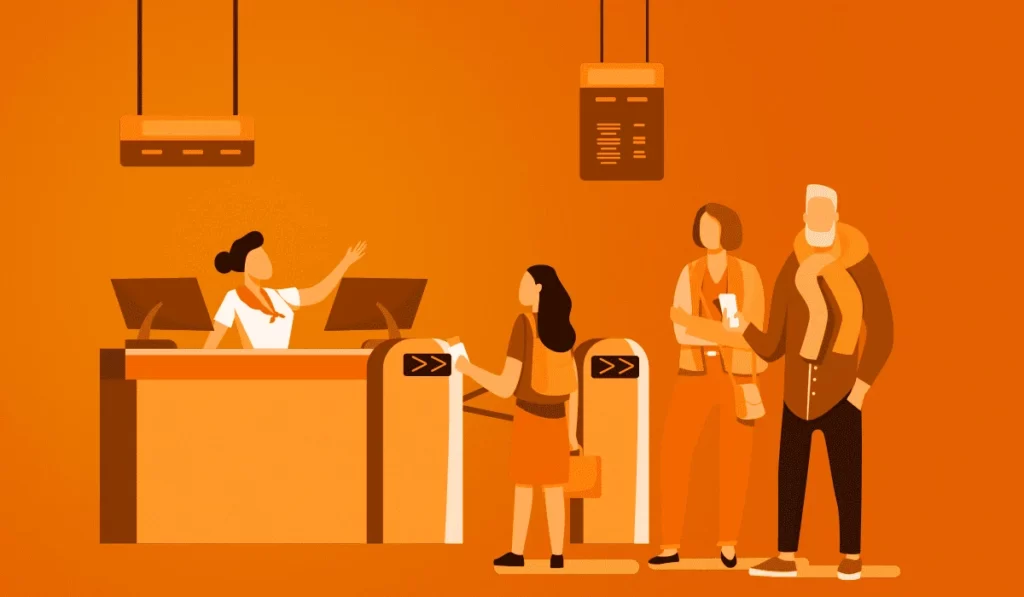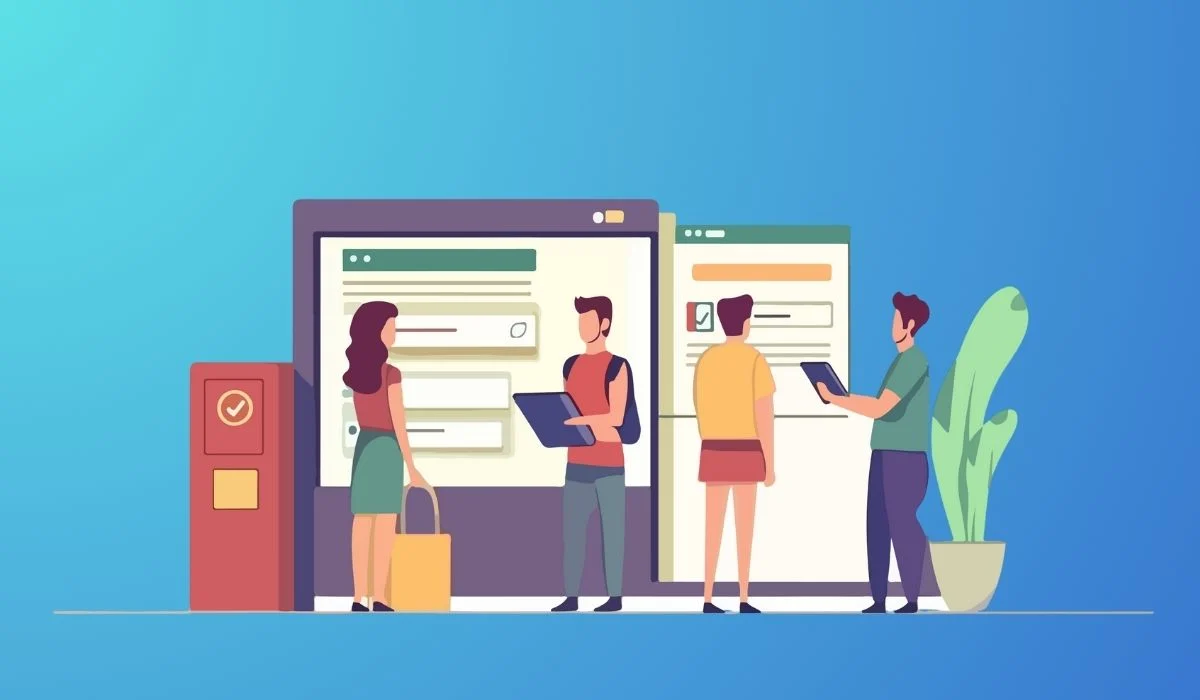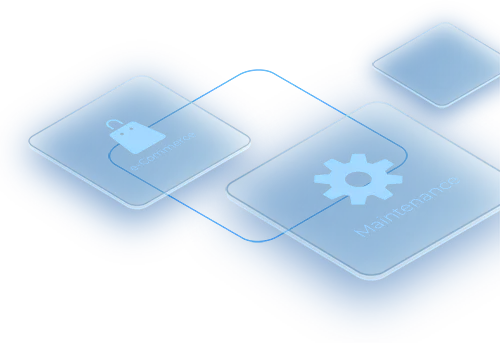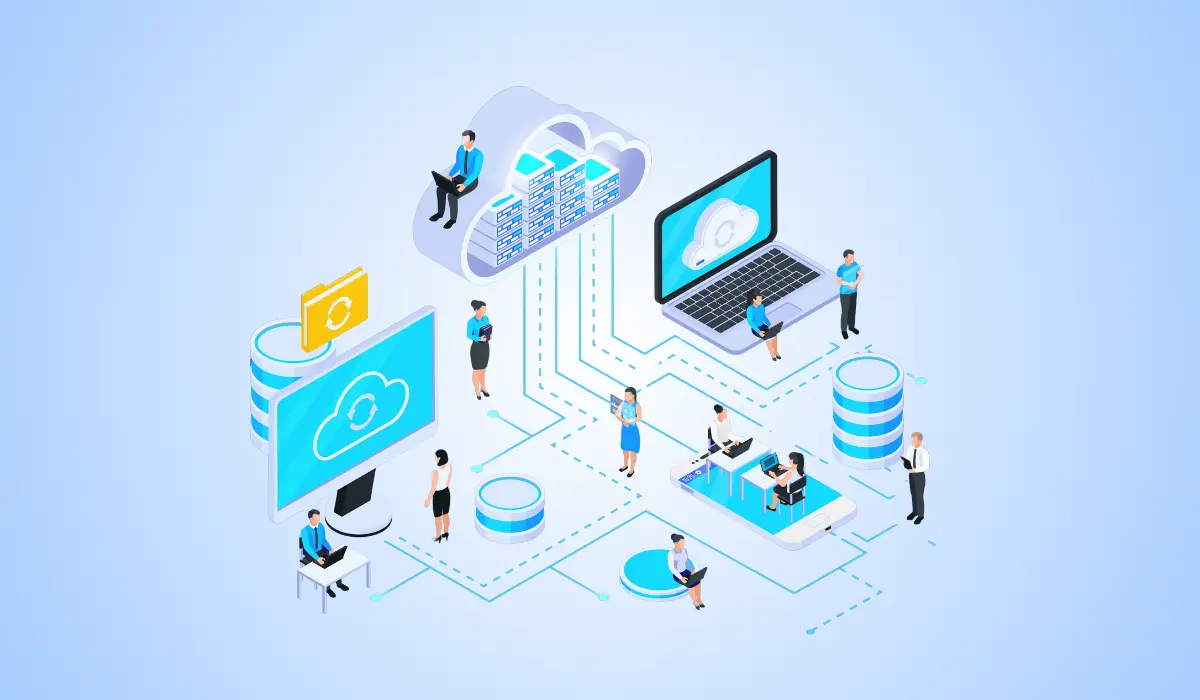This can encompass various tools, ranging from basic surveillance cameras to intricate software solutions. When it comes to restaurants, one of the commonly utilized software is the restaurant Point of Sales (POS) system.
The purpose of a POS system is to increase the restaurant’s efficiency and streamline operations. Restaurants that implement POS technology are more likely to establish a reputation for exceptional customer service and improved profitability.
Improving restaurant efficiency with POS involves leveraging advanced technology to automate and streamline various operational processes, leading to smoother workflows and enhanced overall performance.
In this blog, we will explain ways to improve restaurant efficiency with the help of restaurant POS software.

Implementing Mobile POS System
It is critical to keep your team from being exhausted during a busy period. The benefit of using a cloud-based restaurant POS system is the freedom it provides to your serving personnel.
It allows people to work at a speed that may not be lightning-fast but is certainly close to optimum human efficiency.
This enables your restaurant, both front and back of the house, to function at the breakneck speed mandated by customer spending.
A point-of-sale system is the most logical solution for fast-growing restaurants. The customers you cater to expect shorter wait times, prefer carrying minimal cash, and demand swifter service.
To meet their need for speed, you require a short module. If you have various sections to take care of then it becomes crucial that you need to implement a restaurant POS in your business.
While guests wait for a table, you can accept their drink orders and even shift their tab to their designated table after they are seated.
Adopting an efficient POS system is a game-changer for improving restaurant efficiency with POS, empowering staff to provide faster service, reducing wait times, and optimizing workflow throughout the establishment.
Open BOH and FOH Communications
Efficient communication between the front of the house (FOH) and back of the house (BOH) in the restaurant industry is well known for its challenges, leading to misunderstandings, confusion, and overall poor experiences.
To maximize productivity, it is crucial to enhance the flow of information between the FOH and the kitchen.
As the representatives of the establishment, servers, and hosts bear the responsibility of addressing customer requests and complaints.
Conversely, the BOH is responsible for fulfilling orders and handling food preparation, often amidst intense pressure.
Unfortunately, due to a lack of awareness about each other’s activities, frequent misunderstandings occur between the FOH and BOH, creating a disconnect.
This misunderstanding can be managed by implementing the right POS software system in your restaurant and providing proper training to use the POS system productively to your staff at both BOH and FOH.
Better Order Processing Management
Improving restaurant efficiency with POS includes prioritizing the speed of order processing, a vital element that directly influences customer satisfaction and profitability. To achieve this, consider implementing the following strategies:
- Utilizing the benefits of kitchen display systems to minimize the time taken to relay orders from the table to the kitchen. This eliminates the need for wait staff to physically travel back and forth between customers and chefs, saving valuable time.
- Invest in a feature-rich POS system that simplifies the management of multiple kitchen order tickets (KOTs). Efficient KOT management is vital for streamlining operations and increasing restaurant efficiency. Additionally, having the ability to edit KOTs on the fly empowers wait staff to make rapid adjustments to customers’ orders.
- Integrate several payment channels with your POS system to enable cashless transactions. This makes it possible for consumers to pay their bills in full at the table, which speeds up the checkout procedure.
Schedule Your Employees Based on Business Requirements
Utilize the capabilities of your POS system beyond order management by effectively managing employee schedules.
By analyzing your sales data, you can identify peak shifts and optimize staffing levels accordingly, reducing overstaffing during slow periods.
This approach ensures that your servers remain productive during busy hours and prevents customers from experiencing service disruptions caused by understaffing.
When your team is understaffed, they feel overwhelmed, and their productivity declines due to increased stress levels.
Conversely, when you have excessive staff, employees end up idle at the register instead of actively contributing to your restaurant’s success. Leverage your POS system to achieve a harmonious balance between staffing and demand.
For additional guidance on scheduling and utilizing your staff effectively, explore our implementation and benefits of a comprehensive master training program for your restaurant managers.
Customer Feedback Management
POS software offers a quick and effective mechanism for gathering and analyzing consumer feedback, which substantially aids in controlling it.
Customers can easily communicate their experiences by using the program to provide feedback right at the point of sale.
POS software allows businesses to gather consumer feedback in real-time, allowing them to quickly rectify any issues and enhance the overall customer experience.
Additionally, the software provides a central database for keeping track of all comments and reviews, which makes it simpler to arrange and process the information.
Businesses can assess the success of their efforts and gauge consumer satisfaction by tracking client feedback over time.
POS software offers insightful data on client preferences, frequent issues, and areas of excellence, which informs decisions and enables focused improvements.
Overall, POS software makes it easier to gather, examine, and act on consumer feedback, which improves customer happiness and boosts corporate productivity.
Kiosk Ordering
Kiosks provide opportunities for upselling by presenting prompts encouraging customers to add more items to their orders, resulting in larger order sizes.
Additionally, they contribute to faster service and reduced wait times since customers can input their orders directly. By minimizing errors and waste, kiosks help improve efficiency in the ordering process.
Moreover, they free up employees from taking orders, allowing them to concentrate on other essential tasks, thereby optimizing the overall workflow.
Conclusion
In the modern era, Implementing a robust POS system is key to improving restaurant efficiency with POS, streamlining operations, and maximizing productivity.
Having POS software makes it easier for the employees and the guests to navigate any restaurant, whether it is a small, independently owned business or a chain.
Utilizing contemporary technology to boost productivity and customer loyalty is crucial to compete with other restaurants in your sector.
There’s no excuse not to improve your system for more efficient operations and more earnings when many top POS systems such as EBR Software solutions come at reasonable price points!








